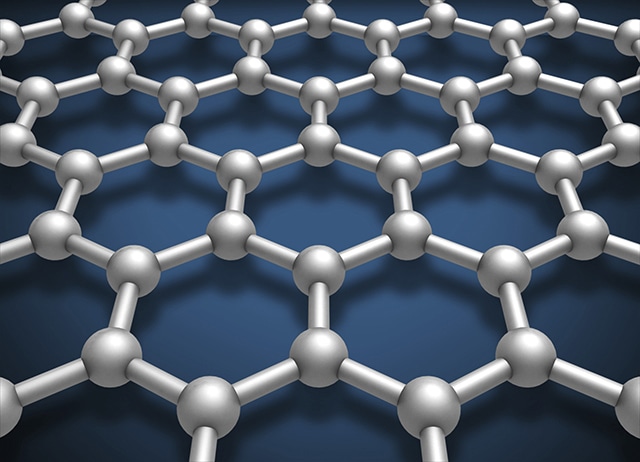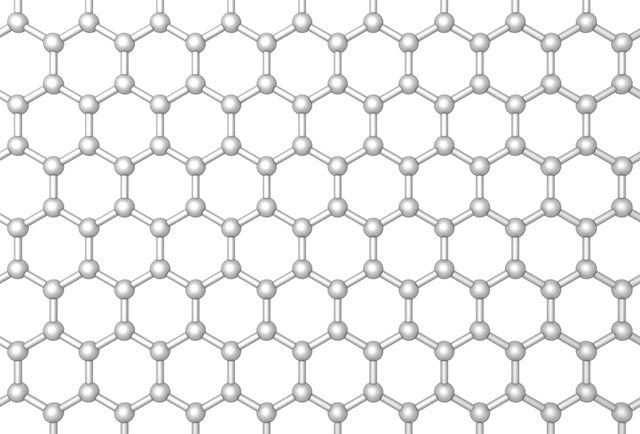
3D printing is an additive manufacturing technology where parts are "grown" layer by layer in a controlled chamber when successive layers of a melted material - typically plastic - are laid down again and again until a three dimensional part is created.
While 3D printing is nothing new, the technology is in the midst of a massive boom. New machines are constantly being developed and the process is working with new materials, helping it to become a technology that's used for more than just rapid prototyping.
Then there's graphene, an ultra light, but strong, material. Specifically, it's a honeycomb style lattice made of carbon atoms and is expected to play a large role in everything from the automotive to the aerospace industry due to its unique properties.
A partnership between American Graphite Technologies Inc. and the Ukraine-based Kharkiv Institute of Physics and Technology was announced last May to develop the technology to print graphene parts with 3D printers. In October, the project was green-lit for live status after getting approval from the Science and Technology Centre Ukraine.

The unique properties of graphene could benefit a host of applications.
3D printing has made great strides in just the past few years in terms of part accuracy, part complexity and the variety of different-sized and speed printers that are now available on the market. Perhaps, the biggest area where this technology has taken off in is the types of material parts that can be created.
While plastic is the most common 3D printed material, composites, metals, sand and even food have all become viable applications of 3D printing.
Today, 3D printing is most commonly utilized to create one-off prototype parts that test for form, fit and function before a product gets the green light for production.
However, 3D printed parts with graphene might be cheaper to produce via additive manufacturing than they are by current means. If 3D printed parts are as strong and durable as graphene parts created by traditional means, then this could be a real game changer.
Chances are good that someday soon, 3D printed graphene parts could very well be in appliances and tools for every day use.
Be sure to visit AZoNetwork on Facebook to share your views on this technology. You can also follow us on Twitter and ask any questions to our dedicated editorial team using the comments section below.
Image Credit: photos.com,
Further Reading: American Graphite Technologies, 3D Printing Graphene Project Goes Live